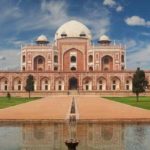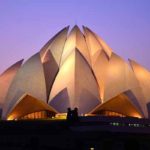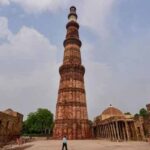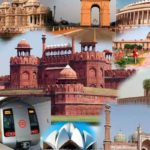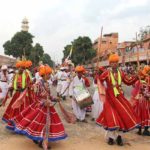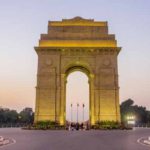Independence Day On August 15, every year, India celebrates its Independence Day, which marks the event when it attained freedom from the British rule. Independence Day celebrations are centred in the national capital, Delhi, where important government landmarks are bedecked and roads are decorated with the National Flag. Moreover, the ceremonial National Flag hoisting takes place at Red Fort from where the Prime Minister delivers a speech to the entire nation. The day is observed as a National Holiday all over the country, and people across the nation fly kites to celebrate their liberation.
“At the stroke of the midnight hour, when the world sleeps, India will awake to life and freedom.” These were the famous words said by Independent India’s first Prime Minister, Jawaharlal Nehru, in his maiden speech as the leader of the country. And rightly so, India broke free from the shackles of colonialism after waging a long fight against the British. Many key revolutionaries and leaders emerged during the movement, chief of whom was Mohandas Karamchand Gandhi, who has been honoured with the title of ‘Father of the Nation.’
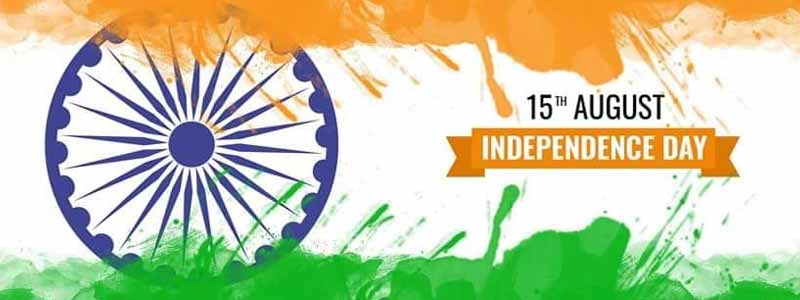
Independence Day Celebration 2022 Special Facts
- This year we are going to celebrate the 76th anniversary of its independence with great enthusiasm on 15th August in 2022.
- To mark this glorious year, the day has been named Azadi Ka Amrit Mahotsav.
- The Amrit Mahotsav of Azadi started 75 weeks ago from 15 August 2022.
- This year the Indian flag will be hoisted in every house under the ‘Har Ghar Tiranga Abhiyan’.
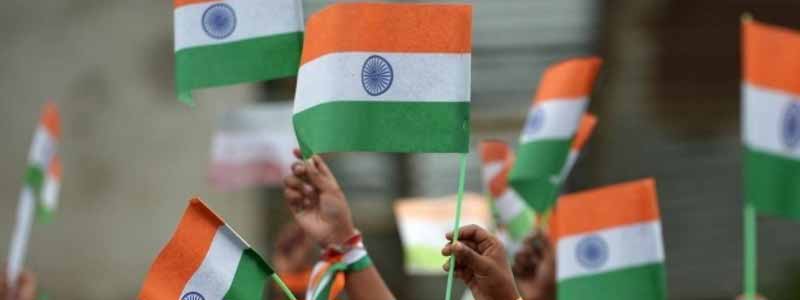
What happens on Independence Day?
Every year, the Prime Minister of India hoists the national flag at Delhi’s Red Fort and makes an address to the nation, which is followed by a military parade. The President of India also delivers the ‘address to the nation’ speech. In honour of the occasion, twenty-one gun shots are fired.
This day is observed as a national holiday across India, with offices, banks and post offices remaining closed. Independence Day is observed with flag-hoisting ceremonies, parades and cultural events in all Indian states and Union Territories.
Preparations for the Independence Day start a month in advance. Schools and colleges organise cultural events, competitions, debates, speeches, and quiz competitions.
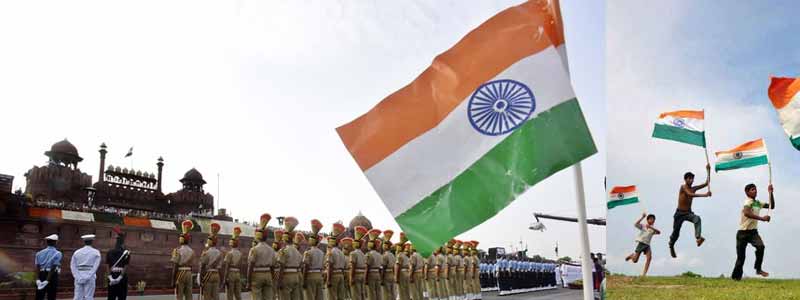
Background of the Independence Day
India’s struggle for independence started in 1857 with the Sepoy Mutiny in Meerut and it gained momentum after the First World War. In 20th century, under the leadership of Mahatma Gandhi, the Indian National Congress (INC) and other political organisations launched a countrywide independence movement and revolt against the oppressive British rule.
During the Second World War in 1942, the Indian Congress launched the Quit India Movement demanding an end to the British rule which prompted colonial rulers detaining many campaigners, nationalists, and ministers including Gandhi.
During the partition of India in 1947, violent riots, mass casualties, and displacement of nearly 15 million people took place amid religious violence.
History of Indian Independence Day
The British Empire’s rule started in India in 1757, followed by the English East India Company gaining control over the entire country by winning the Battle of Plassey. The Indian independence movement began during World War I and it was led by renowned leader Mahatma Gandhi. Gandhi staunchly advocated a noncooperation, nonviolent method of protest, after which the civil disobedience movement took place.
After relentlessly long campaigns for independence, India’s struggle paid off. Britain had weakened after the two world wars and began thinking of ending its rule in India. In 1947, the British government declared the transfer of all powers to India by June 1948, but continuing tensions and violence between Muslims and Hindus led to a consensus for the partition of India into two separate states. To deal with this, the British government proposed on June 3, 1947, that any constitution framed by the Constituent Assembly of India will not be applicable to parts of the country that refuse to accept it.
On the same day, a plan for partition was put into action by Lord Mountbatten — the then viceroy of India. Mountbatten’s plan was agreed to by both the Congress and the Muslim League. As new borders were drawn and the world map changed forever, between 300,000 and 500,000 people died on both sides. On August 15, 1947, at midnight, India gained independence and was concluded by the iconic speech by Jawaharlal Nehru, “Tryst with destiny.”
The great British rule over India came to an end with the powers transferred to the newly independent entities Pakistan and India. Lord Mountbatten became the first governor-general of the new Dominion of India and Jawaharlal Nehru became the first prime minister of Independent India. The Constituent Assembly that was set up in 1946 became the Parliament of Indian Dominion.


